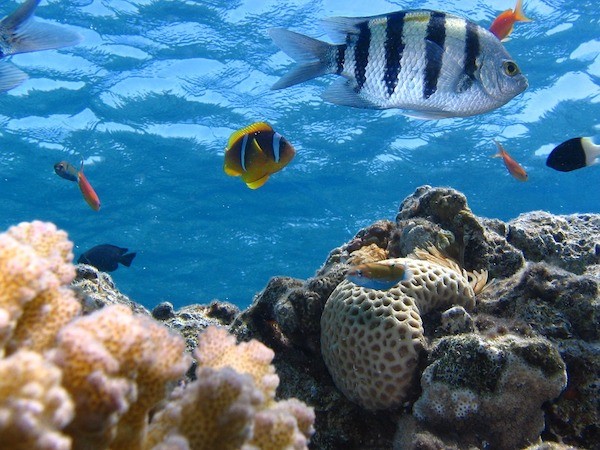Members Login

Channels
Special Offers & Promotions
Learning the Microbead Lesson
A UK-wide prohibition on the use of plastic microbeads came into effect in 2018, but what fundamental lessons can we learn from this high profile case?
Dr Rachael Benstead,
Figures from The Department for the Environment, Food and Rural Affairs (DEFRA) suggest that an estimated 680 tonnes of microbeads are used in cosmetic products every year. These tiny pieces of plastic, used for exfoliation in rinse-off products such as
With particle sizes varying from 10 micrometers up to 1 millimetre, microbeads are the same size as much of the organic material consumed by invertebrates meaning they can be easily be ingested by such organisms, which leads to numerous physiological outcomes.
Aside from the toxicity of the plastic, microbeads can block the digestive system of invertebrates or can act as a carrier for other toxic compounds that adhere to plastic. When the plastic and its passenger toxins arrive in the gut, the acidic pH of the environment causes the toxins to dissociate, which in turn poisons the invertebrate.
Organisms that eat invertebrates, such as fish, also ingest the microbeads inside the affected invertebrates. When you consider the complexity of
While the microbead ban has been established based on specific evidence, fundamental lessons can be learned from this high-profile case, many of which many can be applied to other emerging toxic risks. The first is to acknowledge that ecosystems are complex and dynamic.
Plant protection
Bringing a new pesticide or herbicide to market relies on carrying out a tiered array of tests to ensure the product being trialled does not pose risk to edge-of-field waterbodies. As plant protection products will eventually make their way into streams, ponds and ditches via surface run-off, it's important to test their effect on aquatic populations.
With higher tier testing, the aim is to bring in the complex and dynamic processes of real-life aquatic ecosystems into the test environment, to gain true insight into the effects of pesticides and herbicides. Additionally, replicating the flow of certain waterbody types, without relying on the recirculation of water, is also a challenge.
To overcome this, Fera in partnership with the Centre of Crop Health and Protection (CHAP) and InnovateUK recently launched the E-Flows mesocosm, Europe's largest and most advanced, fully flow-through mesocosm. This outdoor experimental system allows
The E-Flows mesocosm provides a test-bed of 60 realistic streams, each up to two metres wide and ten metres long. The flow of each stream can be varied independently so that they can be fast flowing, like a stream; slow flowing, like a ditch; or even almost still, like a pond, giving the researcher complete flexibility and precise control.
Ultimately, whether it's the risks of microbeads, plant protection products or other potential sources of harm to the ecosystem that are the focus of research, considerations should always be made about the effect on the entire ecosystems involved. Effective research is vital to simulate real-life aquatic
Media Partners



